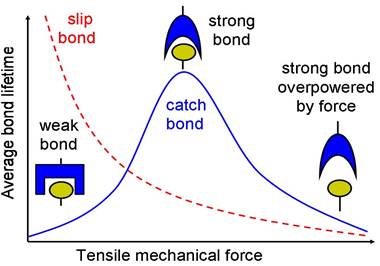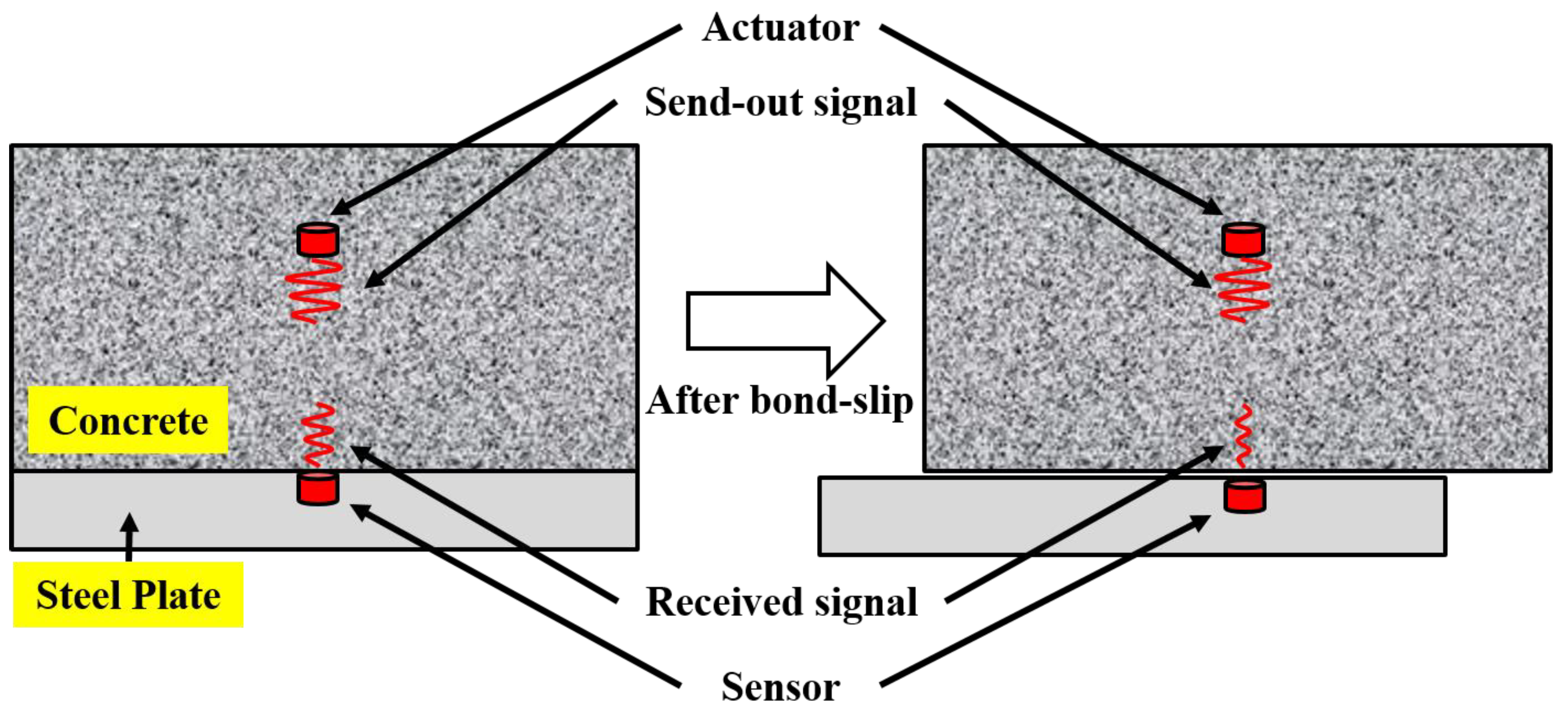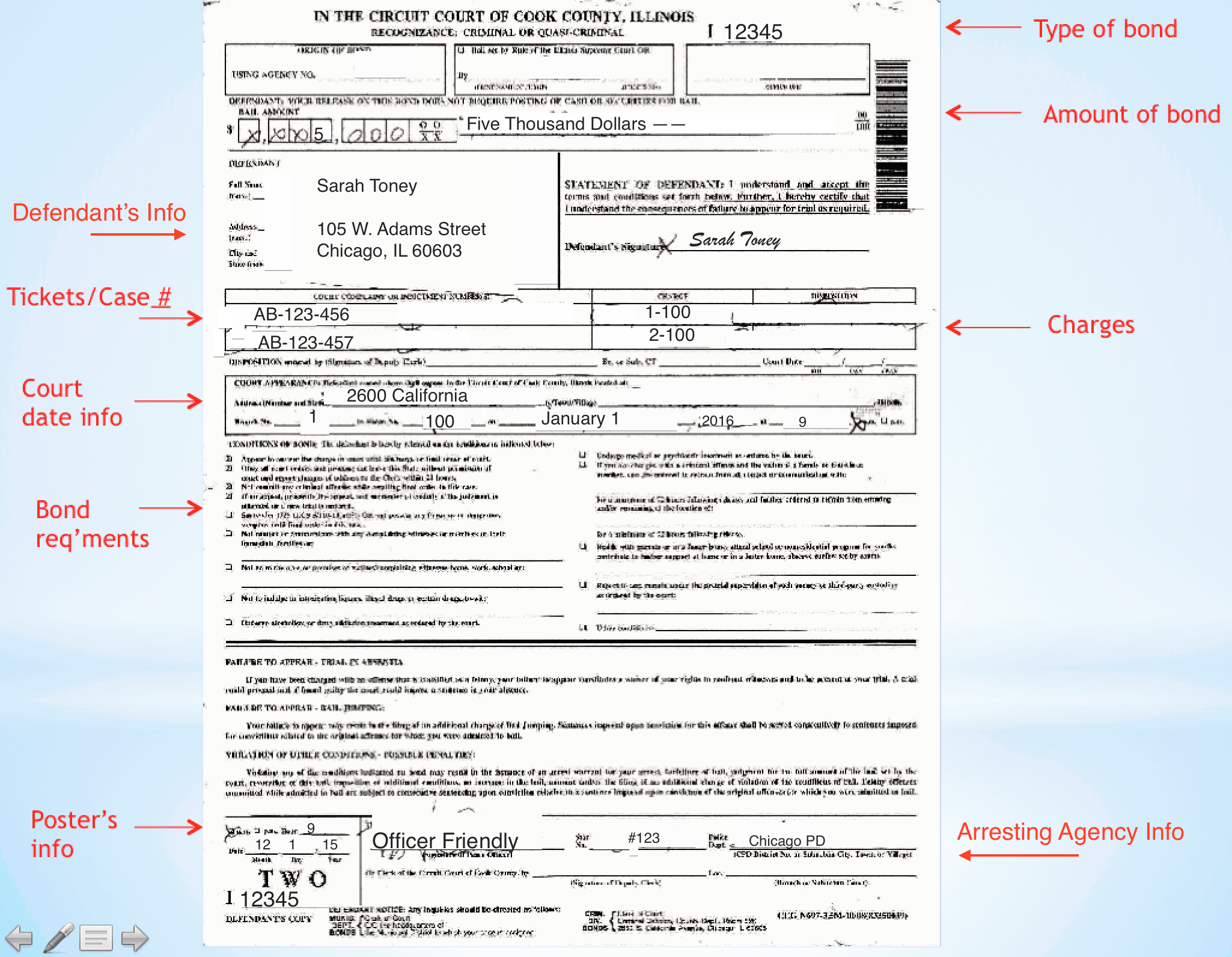
Finite element modelling of bond–slip at anchorages of reinforced concrete members subjected to bending | SN Applied Sciences
ST.1943-541X.0000747/asset/410c2f9d-b662-43f2-8741-955dfdd8d4fa/assets/images/large/figure1.jpg)
Unified Bond Stress–Slip Model for Reinforced Concrete | Journal of Structural Engineering | Vol 139, No 11
Bond-slip diagram for monotonic loading. CEB-FIP Model Code 1990 [21]. | Download Scientific Diagram

Catch bond models may explain how force amplifies TCR signaling and antigen discrimination | Nature Communications
ST.1943-541X.0001070/asset/b6857cc6-c0b1-4a8e-8af4-d8004e514407/assets/images/large/figure4.jpg)
Bond-Slip Model for Detailed Finite-Element Analysis of Reinforced Concrete Structures | Journal of Structural Engineering | Vol 141, No 4


![Bond-slip model (adapted from Lu et al.) [50,51]. | Download Scientific Diagram Bond-slip model (adapted from Lu et al.) [50,51]. | Download Scientific Diagram](https://www.researchgate.net/publication/340675479/figure/fig1/AS:880949336236035@1587046097679/Bond-slip-model-adapted-from-Lu-et-al-50-51.png)












![Bond–slip model—the relation between Δu, Δw, τ and σr [14] | Download Scientific Diagram Bond–slip model—the relation between Δu, Δw, τ and σr [14] | Download Scientific Diagram](https://www.researchgate.net/publication/336267810/figure/fig5/AS:941940950441985@1601587631529/Bond-slip-model-the-relation-between-Du-Dw-t-and-sr-14.jpg)

